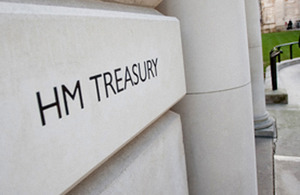Tax Freedom Day in Scotland could move back two weeks under independence
Taxpayers in an independent Scotland could face working even longer before reaching tax freedom.

As the UK reaches the Adam Smith Institute’s ‘Tax Freedom Day’ Treasury analysis reveals that, in an independent Scotland, Scottish taxpayers could have to work for an additional two weeks to reach this milestone.
Calculated by the Adam Smith Institute, Tax Freedom Day is effectively the date whereby the average person in the UK stops paying tax and starts working for themselves. This year it falls on 28 May.
However, independent experts such as the IFS have estimated that in 2016 to 2017 – when the Scottish government proposes independence – Scotland’s deficit will be £1,000 per head higher than for the UK as a whole.
If this hole in the public finances was to be filled through tax increases rather than spending cuts, Treasury analysis shows this would be equivalent to just over two extra weeks paying tax before reaching Tax Freedom Day. This would put Tax Freedom Day on June 13 this year.
Speaking ahead of the launch of a major analysis of the fiscal benefits of being part of the UK, Chief Secretary to the Treasury, Danny Alexander, said:
As Scotland’s deficit would be £1,000 per head higher than the UK average in 2016 to 2017, taxpayers in an independent Scotland could face working even longer before reaching tax freedom.
The Treasury will today publish the most comprehensive analysis of the fiscal position of Scotland yet produced, which will set out the scale of the UK Dividend for Scotland.
The Adam Smith Institute determines the UK’s Tax Freedom Day by:
- calculating general government tax revenue as a percentage of Net National Income at market prices
- converting this percentage (41.1% this year) to days of the year, starting from 1 January
If general government tax revenue was £1000 per head higher, this percentage would increase from 41.1% to 45.4% and Tax Freedom Day would move to 13 June (16 days later).